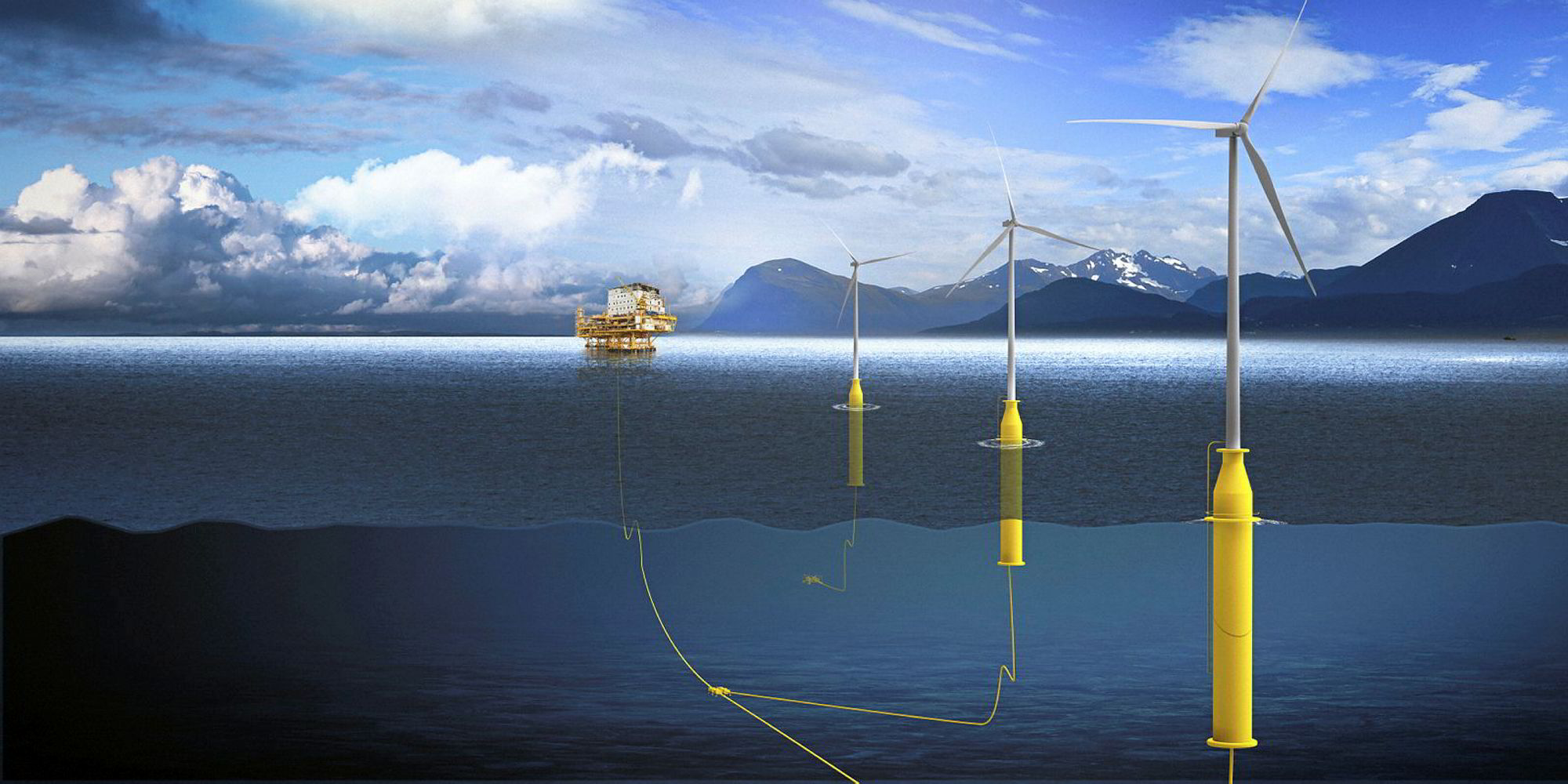The pioneering Win-Win (Wind power water-injection) project – which aims to advance floating wind turbine technology by field-proving units as power-plants for so-called enhanced oil and gas recovery programme at mature offshore fields – is moving into a final testing phase, with expectations a first prototype system could be ready for installation in 2020.
The project, being led by DNV GL with oil company partners ExxonMobil and Eni Norge and the Norwegian Research Council, will now focus on refining and testing the electrical systems and “investigating possibilities for broader applications”.

